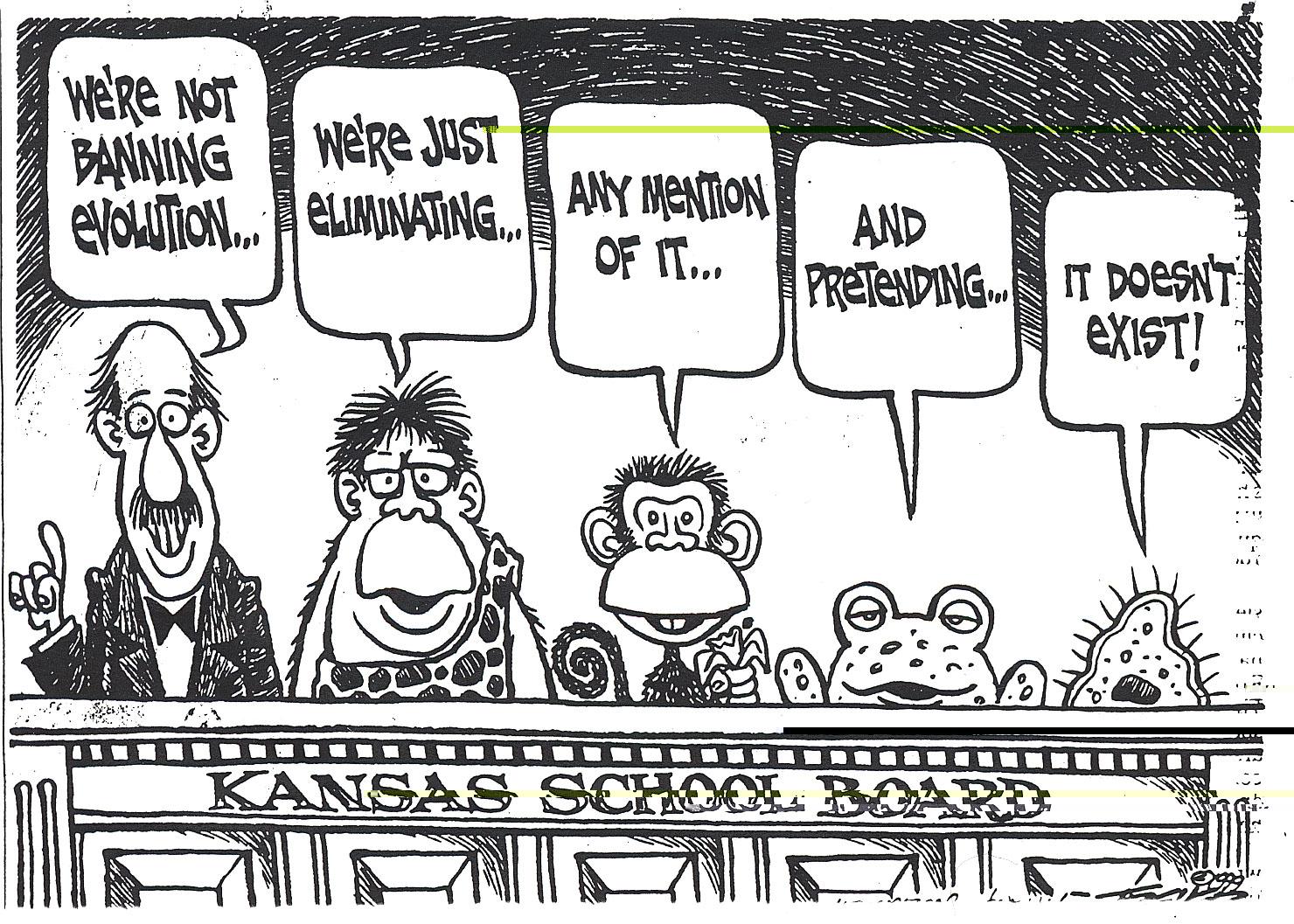If environmental adaptation has impacted the species at the DNA level and the DNA sequence AGCGGAGCTTA has mutated to ATCGGAACTTA, making the Ensatina escholtzii incapable of interbreeding with its common ancestor at the other end of the ring (genetically unidentical), the mutation for all practical purposes was destructive as macroevolution never progresses beyond this point. It would evidently take an intelligent designer to complete the process.
They do interbreed. Tom Devitt found that female klauberi will mate with male eschscholtzii and males of it's own species, but female eschscholtzii will only mate with males of their own species.
In the 1960s, one of Robert Stebbins' graduate students, Charles W. Brown, discovered a few locations in Southern California where the muted western form (eschscholtzii) and the blotchy eastern form (klauberi) live together and actually do interbreed, producing blurrily blotched hybrids. 5
http://evolution.berkeley.edu/evolibrary/article/0_0_0/devitt_06
Read all of this and then explain why these salamander ring species aren't proof of evolution: http://evolution.berkeley.edu/evolibrary/article/devitt_01



